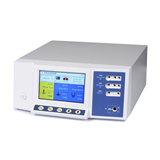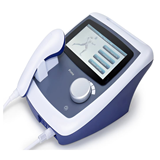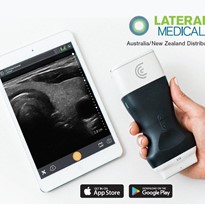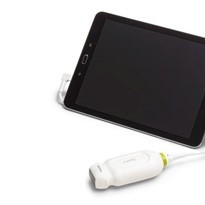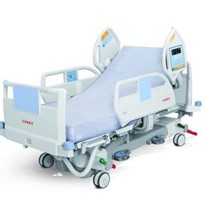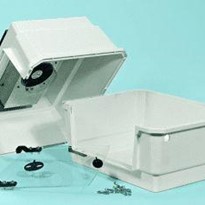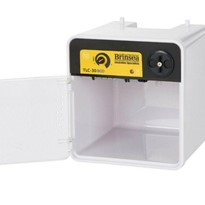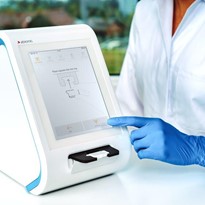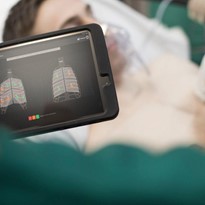Point-of-care ultrasound (POCUS) has become an essential tool in many medical specialties, including neonatal intensive care. In countries like Australia, New Zealand, the United Kingdom, and various European and Asian nations, POCUS is a routine part of NICU practice.1 Despite its wide use globally, the adoption of POCUS in U.S. neonatal-perinatal medicine has been relatively slow but is gradually gaining momentum.
In the article “Setting up a Point-of-Care Ultrasound Program in the Neonatal Intensive Care Unit”1, Dr. Jae Kim outlines a 5 step roadmap to setting up a Point-of-Care Ultrasound Program in the Neonatal Intensive Care Unit.
Step 1: Examine the Benefits POCUS brings the imaging closer to the patient, which is particularly beneficial for critically ill or preterm infants who are too fragile to be transported. It offers non-invasive diagnostic capabilities for conditions like pneumonia and respiratory distress and may help clinicians improve the accuracy of procedures such as intubation and catheter placements.2,3,4
Step 2: Develop Interdepartmental Collaboration Partnering with other departments that are experienced in using ultrasound, such as pediatric emergency and critical care, can provide valuable insight and support. Establishing strong relationships with cardiology and radiology departments is also crucial for training and image storage.1
Step 3: Use Didactic and Simulation-Based Training Appropriate training is key to the successful implementation of POCUS. This often includes identifying an ultrasound champion to train others, integrating hands-on bedside learning, and employing both didactic and simulation-based methods to ensure competency across the team.1
Step 4: Target High-Yield Applications First, start with simpler yet highly valuable applications of POCUS to build confidence and competency. This could include assessing bladder retention, lung evaluations for respiratory conditions, and vascular access procedures. Gradually scale up to more complex applications such as cardiac imaging.1
Step 5: Celebrate Successes and Expand the Program Sharing success stories within the department and with hospital leadership can bolster ongoing support for the program. Highlighting cases where POCUS has helped to improve lives or avoid unnecessary procedures emphasizes its value and encourages broader adoption.1
As POCUS continues to evolve, its role in neonatal and pediatric care is likely to become even more prominent, aiding in rapid diagnoses5 and promoting better outcomes for the neonatal patients.6,7,8


.jpg)




